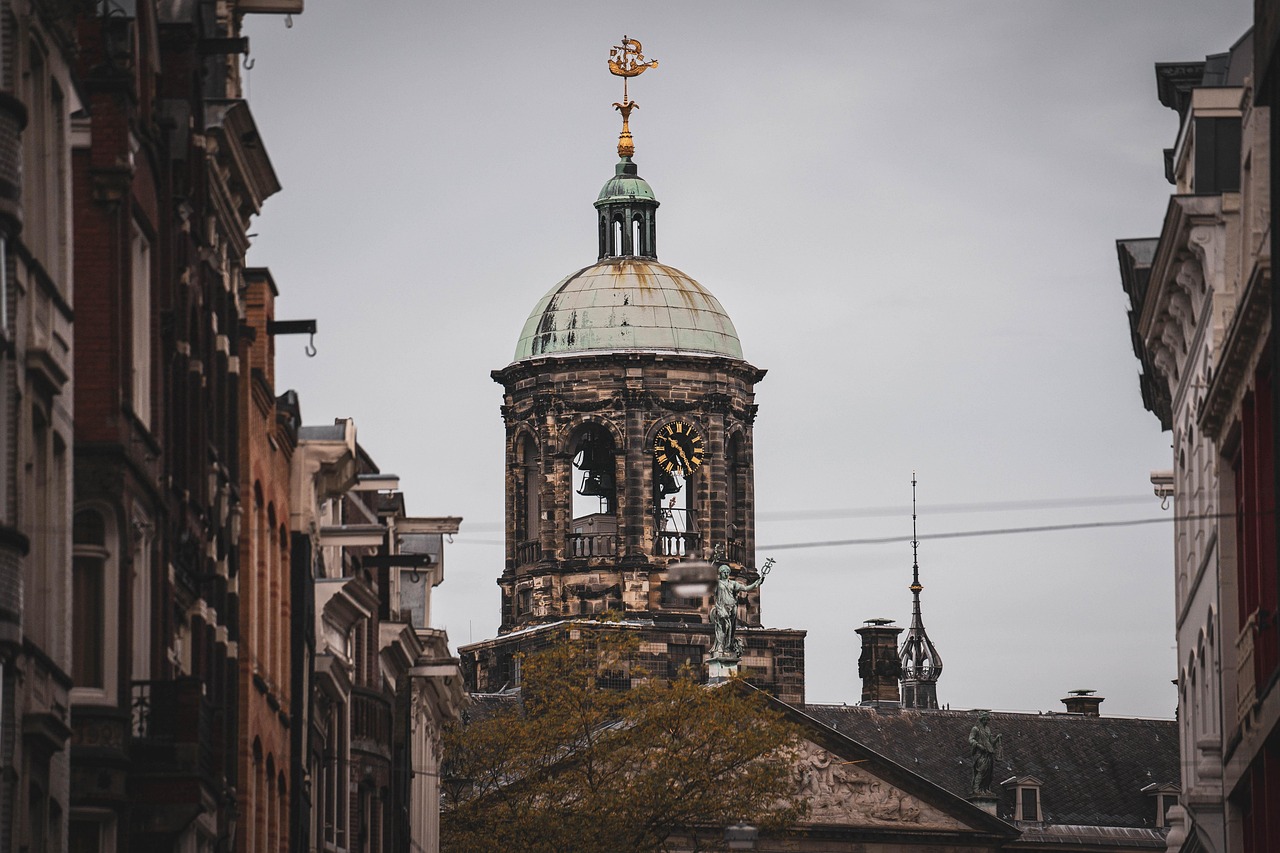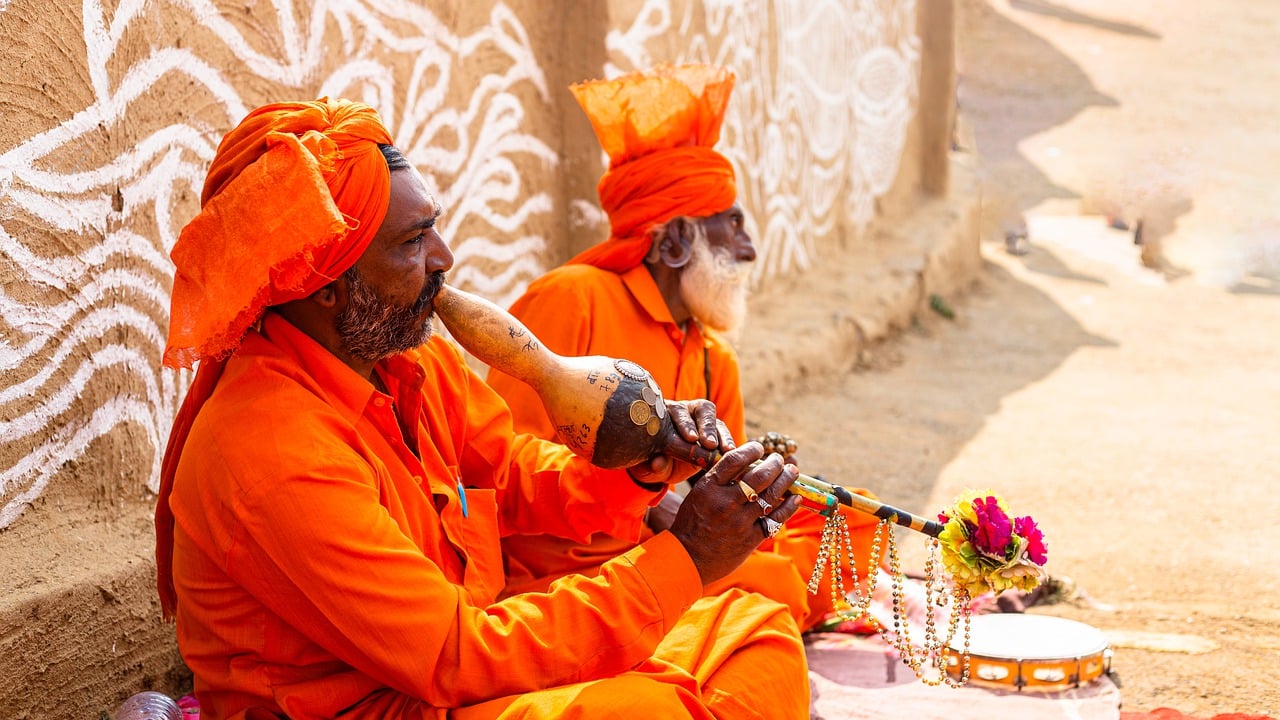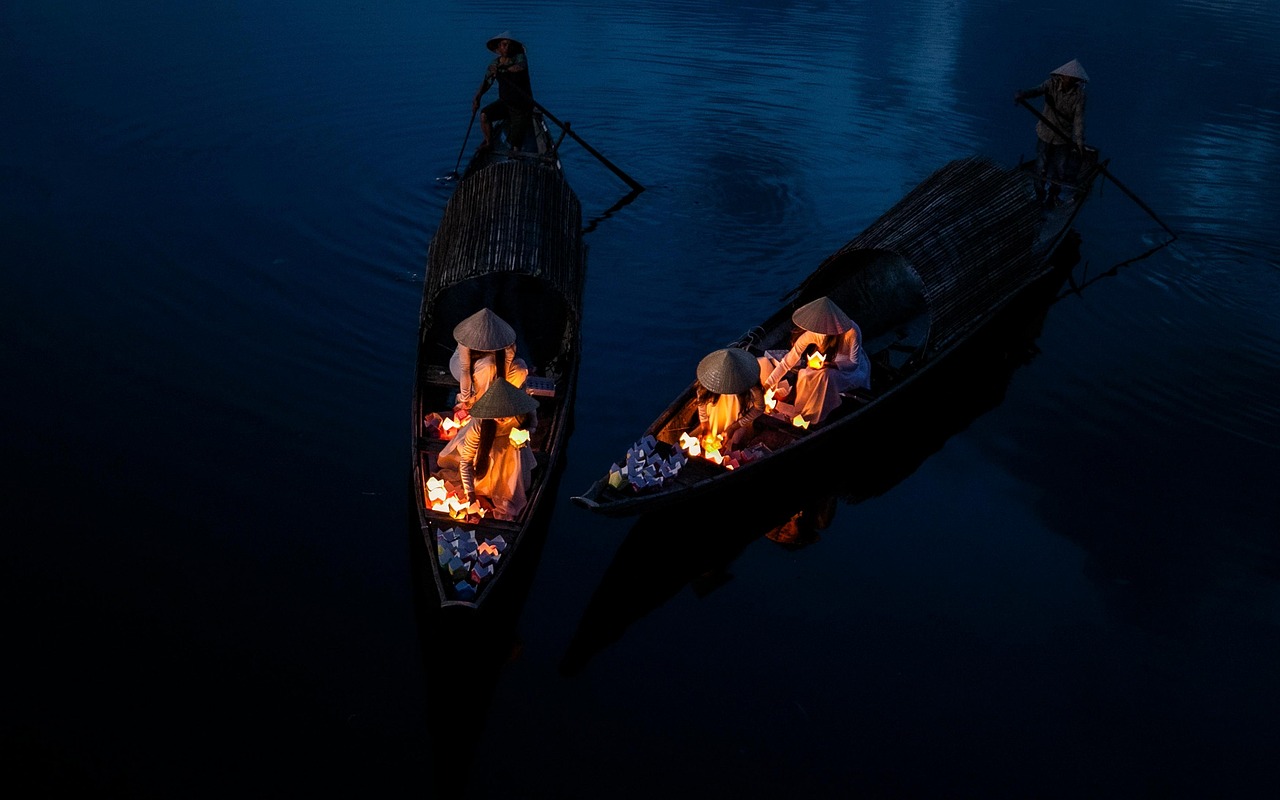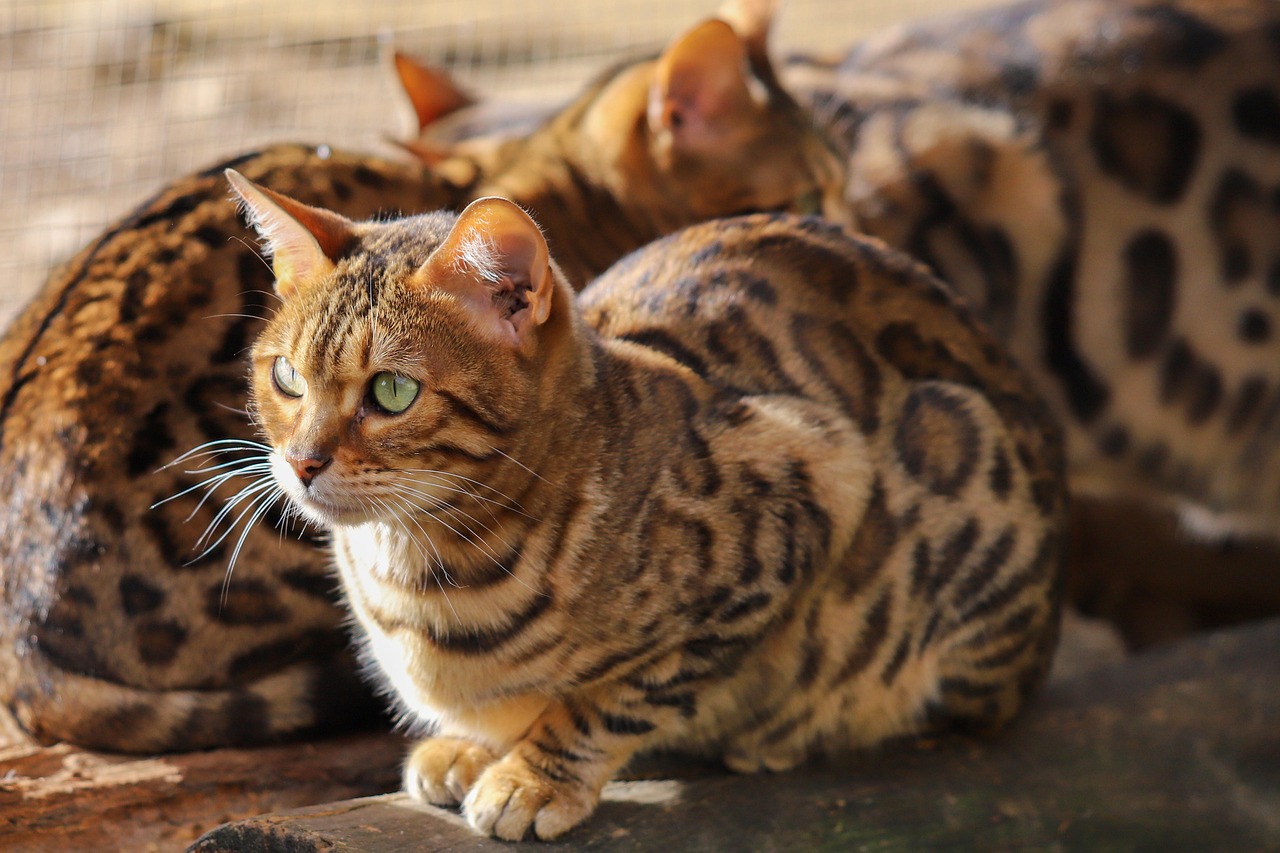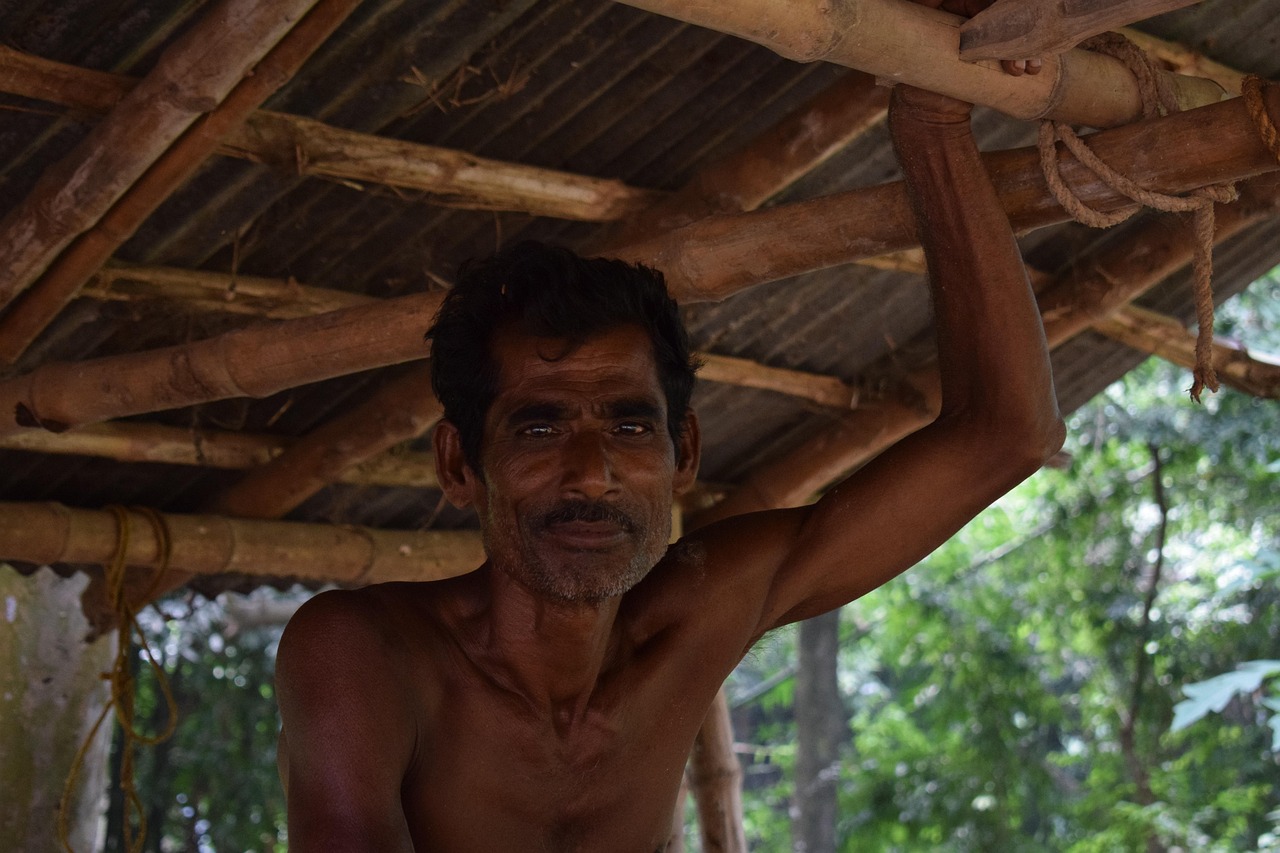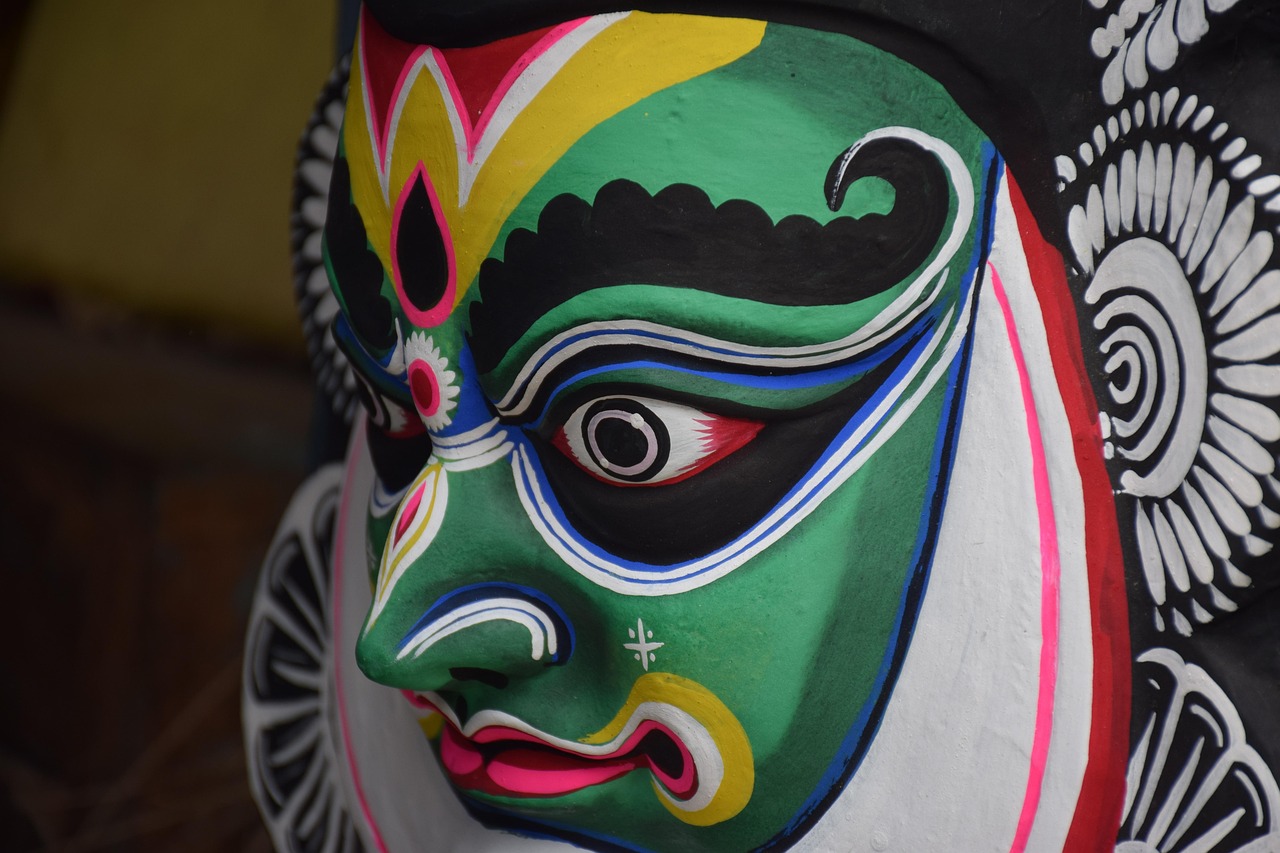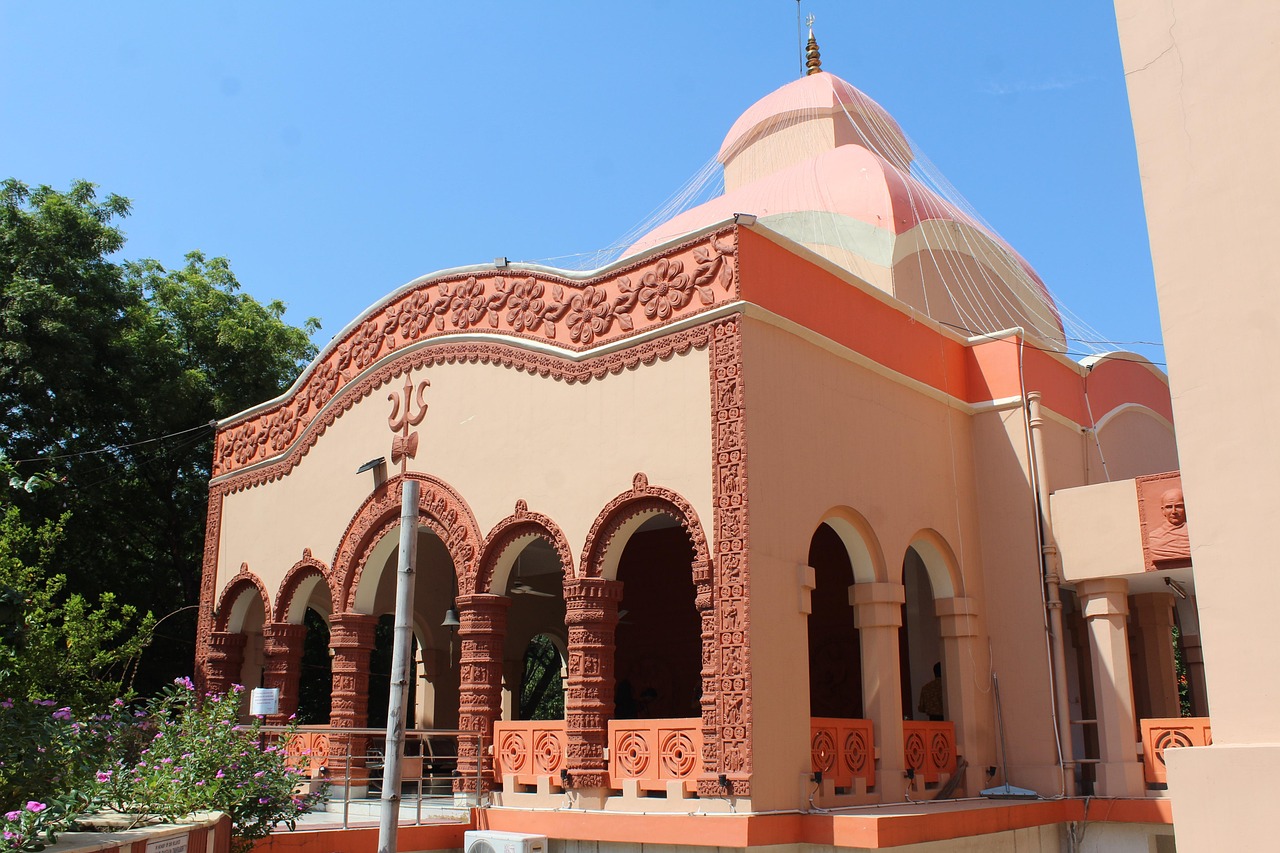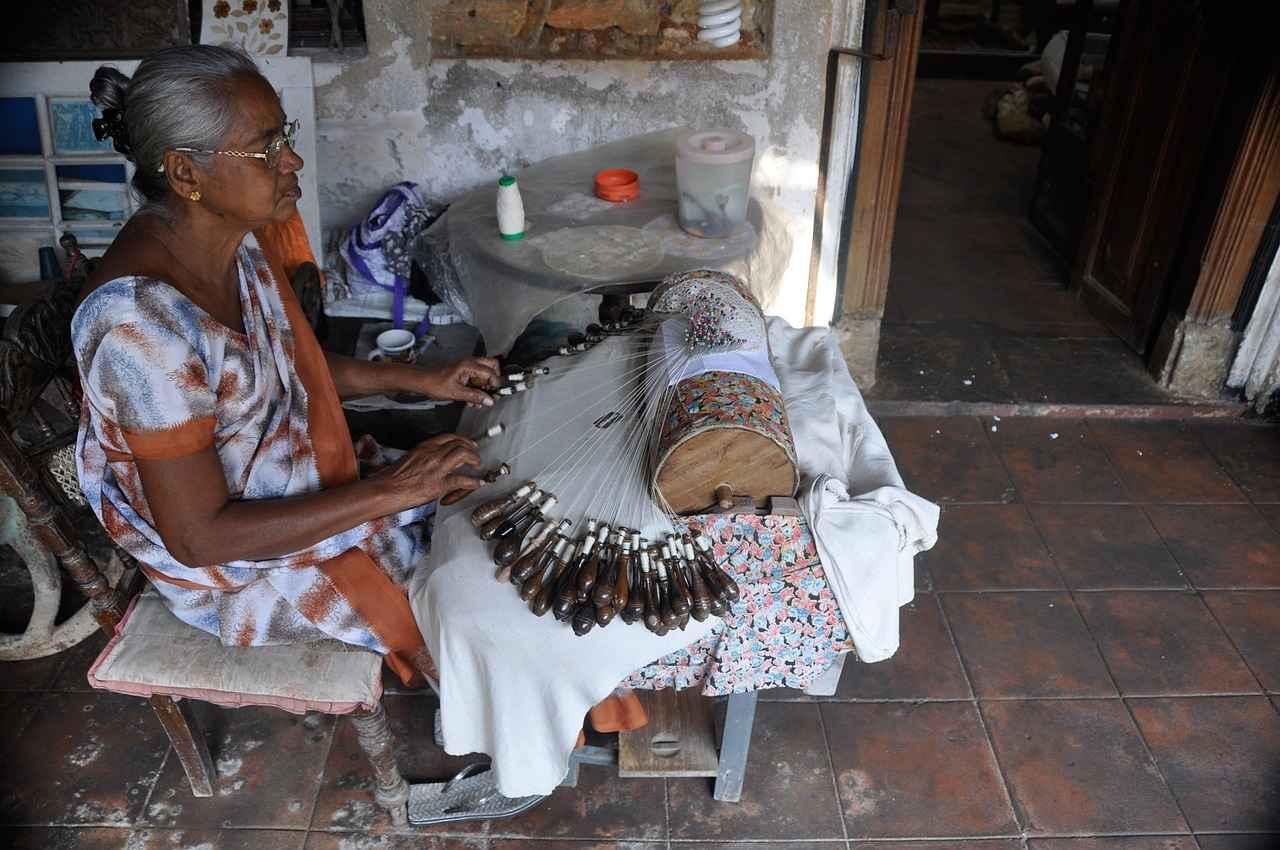Discover the rich cultural heritage, art, and traditions of Santiniketan, a town in West Bengal that encapsulates the essence of Bengali culture and creativity. This unique location offers a vibrant tapestry of history, art, and community spirit, making it a significant destination for anyone interested in exploring the depths of Indian culture.
Historical Significance of Santiniketan
Founded by the illustrious Rabindranath Tagore in the late 19th century, Santiniketan evolved from a simple abode into a revered center for education and culture. The town’s inception was inspired by Tagore’s vision of blending nature with learning, leading to the establishment of a unique educational philosophy.
Rabindranath Tagore and Santiniketan
Tagore’s influence on Santiniketan is profound. As a Nobel laureate, his literary and artistic contributions shaped the town’s identity. His vision fostered an environment where creativity flourished, and education transcended traditional boundaries.
Tagore’s Philosophy of Education
Tagore believed in an educational model that emphasized creativity, nature, and holistic development. This approach remains relevant today, inspiring educators to cultivate a love for learning that goes beyond textbooks.
Visva-Bharati University
The establishment of Visva-Bharati University marked a significant milestone in Santiniketan’s journey. Founded by Tagore, this institution promotes arts and culture while fostering international collaboration.
Cultural Festivals in Santiniketan
Santiniketan is renowned for its vibrant cultural festivals, which showcase the artistic spirit of the community. Events like Poush Mela and Basant Utsav attract visitors and celebrate local crafts, music, and dance.
- Poush Mela: A traditional winter fair that highlights local craftsmanship.
- Basant Utsav: A spring festival where students and locals engage in colorful celebrations.
Natural Beauty and Surroundings
The picturesque landscapes surrounding Santiniketan inspire creativity and provide a serene environment for reflection. Nearby attractions such as Bolpur complement the cultural experience, offering additional insights into the region’s heritage.
Conclusion: The Enduring Legacy of Santiniketan
In conclusion, Santiniketan stands as a testament to the enduring legacy of Bengali culture. Its rich history, artistic spirit, and commitment to education continue to inspire generations, making it a beacon of creativity in India.
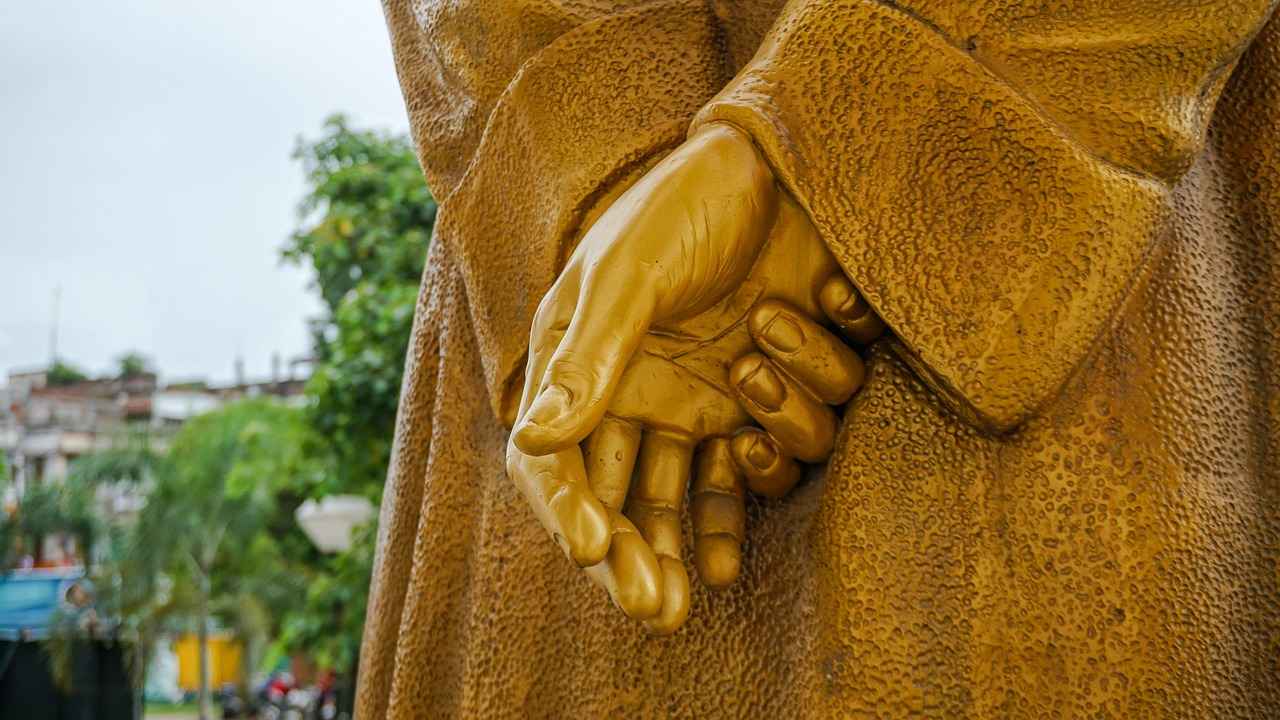
Historical Significance of Santiniketan
Santiniketan, a serene town nestled in the heart of West Bengal, holds a profound historical significance that dates back to its founding by the illustrious Rabindranath Tagore. Established in the late 19th century, Santiniketan was envisioned as a place where education and culture could flourish in harmony with nature.
Tagore, a Nobel laureate and a towering figure in Indian literature, sought to create an educational environment that transcended traditional methods. He believed in the integration of art, music, and nature into the learning process, which was revolutionary for his time. This philosophy laid the groundwork for a unique educational institution that would evolve into the renowned Visva-Bharati University in 1921.
The evolution of Santiniketan into a vibrant center for education and culture was marked by significant milestones. Initially, it started as a small school where Tagore taught children under the open sky, emphasizing the importance of connecting with the natural world. The school’s informal and holistic approach attracted students from various backgrounds, fostering a spirit of inclusivity and creativity.
| Year | Event |
|---|---|
| 1901 | Foundation of the first school by Tagore |
| 1921 | Establishment of Visva-Bharati University |
| 1951 | Tagore’s birth centenary celebrated |
Over the decades, Santiniketan has become synonymous with artistic expression and cultural richness, attracting scholars, artists, and tourists alike. The town hosts various festivals that celebrate its heritage, showcasing local crafts, music, and dance, which are deeply rooted in Bengali traditions.
In conclusion, the historical significance of Santiniketan lies not only in its founding by Tagore but also in its ongoing legacy as a beacon of education and culture in India. Today, it continues to inspire generations with its commitment to creativity, learning, and the arts.

Rabindranath Tagore and Santiniketan
Rabindranath Tagore, a towering figure in Indian literature and the first non-European Nobel laureate, profoundly influenced the cultural landscape of Santiniketan, a small town in West Bengal. His vision transformed this serene locale into a vibrant center for education and artistic expression.
Tagore founded Santiniketan in 1901 as a place where education could flourish outside the confines of traditional schooling. He believed that nature and creativity were essential components of learning. By establishing an open-air school, he encouraged students to engage with their surroundings, fostering a deep appreciation for the environment and the arts. This innovative approach to education emphasized holistic development, nurturing the mind, body, and spirit.
In 1921, Tagore furthered his vision by founding Visva-Bharati University, which aimed to promote international understanding through the arts and culture. This institution became a melting pot for ideas, attracting students and scholars from around the world. Tagore’s emphasis on cultural exchange and collaboration has continued to resonate, making Visva-Bharati a significant player in the global educational landscape.
Tagore’s literary contributions, inspired by the beauty of Santiniketan, reflect his profound connection to nature and humanity. His poetry and prose often draw upon the landscapes of his hometown, encapsulating the essence of Bengali culture. This literary legacy not only enriched Indian literature but also inspired generations of writers and artists.
In summary, Rabindranath Tagore’s impact on Santiniketan is immeasurable. His visionary ideas on education, culture, and the arts have established the town as a beacon of creativity and inspiration. Today, Santiniketan stands as a testament to his enduring legacy, continuing to attract those who seek knowledge and artistic expression.
Tagore’s Philosophy of Education
has left an indelible mark on the educational landscape, advocating for a system that nurtures the whole individual rather than merely focusing on academic achievements. His vision was rooted in the belief that education should foster creativity, embrace nature, and promote holistic development.
At the core of Tagore’s educational philosophy is the idea that learning should be a joyous and engaging experience. He emphasized the importance of creative expression, encouraging students to explore their artistic talents through various forms such as music, dance, and visual arts. This approach not only cultivates creativity but also fosters a deeper understanding of oneself and the world.
Tagore’s connection with nature was profound, and he believed that the natural environment plays a crucial role in the learning process. He established schools in Santiniketan, where students could learn amidst the beauty of the outdoors. This integration of nature into education not only enhances the learning experience but also instills a sense of responsibility towards the environment.
Moreover, Tagore’s philosophy championed holistic development, recognizing that education should cater to the emotional, social, and intellectual growth of students. He advocated for a curriculum that includes life skills, ethical values, and cultural awareness, preparing students to become well-rounded individuals capable of contributing positively to society.
Today, Tagore’s innovative approach continues to resonate in modern educational practices. Many contemporary educators are inspired by his principles, striving to create learning environments that prioritize creativity, nature, and the comprehensive development of students. This legacy not only honors Tagore’s vision but also serves as a guiding light for future generations seeking to redefine education.
Visva-Bharati University
stands as a testament to the visionary ideals of Rabindranath Tagore, who founded this esteemed institution in 1921. Located in the serene town of Santiniketan, West Bengal, the university was conceived as a place where art, culture, and education could flourish in harmony. Tagore’s dream was to create a global university that would foster international collaboration and promote a deep appreciation for the arts.
At its core, Visva-Bharati embodies Tagore’s belief in the interconnectedness of knowledge and creativity. The university offers a unique curriculum that integrates various disciplines, including fine arts, music, literature, and social sciences. This interdisciplinary approach encourages students to explore their passions while developing a holistic understanding of the world around them.
One of the defining features of Visva-Bharati is its commitment to cultural exchange. The university attracts students and scholars from around the globe, fostering a rich tapestry of ideas and perspectives. This international dimension not only enhances the educational experience but also reinforces Tagore’s vision of a world united through the appreciation of art and culture.
Moreover, Visva-Bharati plays a pivotal role in promoting traditional Indian arts and crafts. The university’s art programs emphasize the importance of preserving and reviving indigenous art forms, ensuring that they continue to thrive in contemporary society. The annual Rabindra Jayanti celebrations and other cultural events hosted by the university further showcase the vibrant artistic spirit of Santiniketan.
In conclusion, Visva-Bharati University is more than just an educational institution; it is a living embodiment of Tagore’s philosophy that art and education can transcend boundaries. By fostering creativity and promoting cultural dialogue, the university continues to inspire generations of artists, thinkers, and leaders, solidifying its place as a cornerstone of Bengali culture and beyond.
Tagore’s Literary Contributions
Rabindranath Tagore, a towering figure in Bengali literature, drew immense inspiration from the serene surroundings of Santiniketan. His literary works not only reflect the beauty of nature but also capture the essence of human emotions. Through his poetry, prose, and songs, Tagore created a rich tapestry that intertwines the natural world with the complexities of human experience.
In Santiniketan, Tagore found a muse in the lush landscapes, the gentle rustle of leaves, and the vibrant colors of changing seasons. His poems often depict the tranquility of rural life and the profound connection between humanity and nature. For instance, in his famous collection Gitanjali, Tagore expresses a deep reverence for the natural world, portraying it as a source of spiritual inspiration and emotional solace.
Moreover, Tagore’s stories frequently delve into the depths of human relationships, exploring themes of love, loss, and longing. His characters are often depicted in moments of introspection, reflecting on their place in the world and their connections with others. This exploration of human emotions resonates universally, making his works timeless and relatable.
Tagore’s plays, such as Raja and Chitrangada, further exemplify his ability to blend the beauty of language with profound emotional depth. Through dialogue and lyrical expression, he captures the struggles and triumphs of the human spirit, inviting readers to reflect on their own experiences.
In conclusion, the literary contributions of Rabindranath Tagore, rooted in the enchanting landscape of Santiniketan, continue to inspire generations. His ability to weave together the beauty of nature with the intricacies of human emotions remains a hallmark of his work, ensuring his legacy endures in the hearts of readers worldwide.
Art and Craft Traditions
Santiniketan, a cultural gem in West Bengal, is renowned for its rich tapestry of traditional arts and crafts. This vibrant town is not only a hub for education and literature but also a sanctuary for artisans who keep age-old traditions alive. Among the most celebrated crafts are the exquisite Santiniketan leather goods and intricate handicrafts that showcase the skill and creativity of local artisans.
The Santiniketan leather goods are particularly famous for their quality and craftsmanship. Artisans use traditional techniques passed down through generations to create a variety of products, including bags, wallets, and shoes. Each piece is a testament to the artisans’ dedication and skill, often featuring unique designs that reflect the local culture and environment. The leather is sourced ethically, ensuring that the crafts not only support the local economy but also promote sustainable practices.
In addition to leather goods, Santiniketan is home to a plethora of handicrafts that include pottery, weaving, and painting. The kantha stitching is particularly noteworthy; this traditional embroidery technique transforms old sarees into beautiful quilts and wall hangings, each telling a story of its own. Local artisans often incorporate natural dyes and materials, further enhancing the uniqueness of their creations.
The community spirit in Santiniketan plays a crucial role in preserving these art forms. Workshops and exhibitions are regularly held, where artisans demonstrate their skills and engage with visitors, fostering a deeper appreciation for their craft. This interaction not only promotes tourism but also educates the younger generation about their rich cultural heritage.
In conclusion, the traditional arts and crafts of Santiniketan, epitomized by its leather goods and intricate handicrafts, are a vital part of the region’s identity. They reflect the creativity, sustainability, and community spirit that define this unique town, making it a must-visit destination for art lovers and cultural enthusiasts alike.

Cultural Festivals in Santiniketan
Santiniketan, a town renowned for its rich artistic heritage, comes alive during its vibrant festivals, each of which reflects the community’s deep-rooted traditions and artistic spirit. These celebrations not only showcase local talent but also foster a sense of unity among the residents and visitors alike.
| Festival | Significance | Date |
|---|---|---|
| Poush Mela | A traditional winter fair celebrating local crafts and culture. | December – January |
| Basant Utsav | Spring festival celebrating the arrival of spring with music and dance. | March |
| Nabanna | Harvest festival showcasing the bounty of the season through folk music and dance. | November |
Poush Mela, held in winter, is a significant event that attracts artists and visitors from across the region. This fair is a celebration of local crafts, where artisans exhibit their handmade goods, including pottery, textiles, and traditional sweets. The atmosphere is filled with the sounds of folk music and the rhythm of traditional dance, creating a lively environment that embodies the essence of Santiniketan.
Basant Utsav, celebrated during spring, is another highlight. This festival marks the arrival of spring and is characterized by vibrant colors, as participants don yellow attire and engage in cultural performances. Students from Visva-Bharati University lead the festivities, showcasing their artistic talents through dance, music, and drama, all set against the backdrop of blooming nature.
Another festival worth mentioning is Nabanna, which is celebrated to welcome the new harvest. This festival is marked by folk performances and delicious traditional dishes made from the season’s first crops, emphasizing the agricultural roots of the community.
These festivals not only celebrate the artistic spirit of Santiniketan but also strengthen community bonds, making them a vital part of the town’s cultural identity. As visitors immerse themselves in these festivities, they experience the warmth and creativity that define Santiniketan.
Poush Mela
is a vibrant and traditional winter fair celebrated in Santiniketan, West Bengal. This annual event, held in the month of Poush (December-January), draws visitors from all over the region and beyond, showcasing the rich cultural heritage of Bengal. The fair not only serves as a platform for local artisans and craftsmen but also brings together a diverse crowd to celebrate the spirit of community through arts, crafts, music, and dance.
The is a feast for the senses, featuring a myriad of stalls adorned with exquisite handmade crafts, including handwoven textiles, pottery, and intricate woodwork. Visitors can immerse themselves in the local culture by purchasing unique souvenirs that reflect the artistic traditions of the region. The fair also hosts a variety of food stalls offering delicious Bengali cuisine, allowing attendees to savor the flavors of traditional dishes.
- Music and Dance Performances: The fair is alive with the sounds of folk music and dance, with performances by local artists that showcase the rich musical heritage of Bengal. Visitors can witness traditional dance forms such as Baul and Chhau, which are deeply rooted in the cultural fabric of the region.
- Workshops and Demonstrations: One of the highlights of the Poush Mela is the opportunity for visitors to participate in workshops. Here, they can learn about various traditional crafts, from pottery making to weaving, providing a hands-on experience of Bengal’s artistic legacy.
The atmosphere during the is electric, filled with joy and camaraderie as people of all ages come together to celebrate. The fair not only highlights the local crafts but also fosters a sense of unity and appreciation for the cultural diversity of Bengal. As the sun sets, the fair transforms into a magical space with illuminated stalls and the sounds of laughter and music echoing through the air.
In conclusion, the is more than just a fair; it is a celebration of life, creativity, and the enduring cultural spirit of Bengal. It offers a unique opportunity for both locals and tourists to engage with the rich traditions of the region, making it a must-visit event for anyone exploring Santiniketan.
Basant Utsav
is a vibrant celebration that marks the arrival of spring in Santiniketan, West Bengal. This festival, deeply rooted in the cultural heritage of the region, is a time when students, locals, and visitors come together to participate in a plethora of colorful festivities and cultural performances. The celebration takes place during the Bengali month of Chaitra, usually around March or April, and symbolizes the rejuvenation of nature and the spirit of life.
The festival is famously associated with the teachings of Rabindranath Tagore, who believed in the importance of connecting with nature and celebrating life through art and culture. During Basant Utsav, the Visva-Bharati University campus transforms into a kaleidoscope of colors, with students dressed in bright yellow attire, reminiscent of the blooming mustard fields that characterize the season.
- Cultural Performances: The festival features a variety of performances, including traditional music, dance, and drama, showcasing the rich artistic heritage of Bengal.
- Art and Crafts: Local artisans display their crafts, and visitors have the opportunity to purchase unique handmade items that reflect the region’s artistry.
- Community Involvement: Basant Utsav fosters a sense of community, as people from different backgrounds come together to celebrate and share their cultural traditions.
One of the highlights of the festival is the procession led by students, who sing songs composed by Tagore, further enhancing the festive atmosphere. The event culminates in a grand celebration that not only honors the arrival of spring but also reinforces the values of unity and creativity.
In conclusion, Basant Utsav is more than just a festival; it is a profound expression of the cultural identity of Santiniketan. It encapsulates the essence of Bengali culture, where art, nature, and community intertwine to create a truly unforgettable experience.
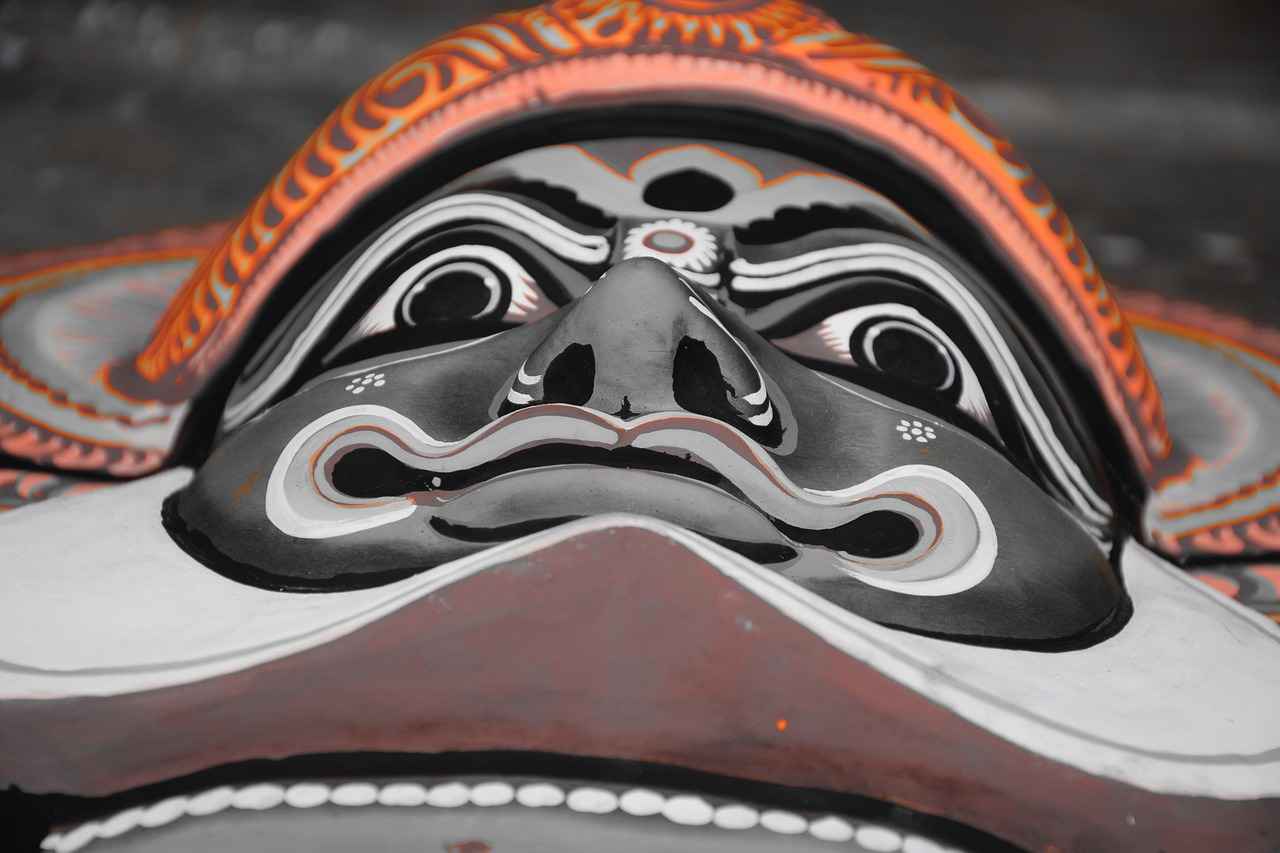
Natural Beauty and Surroundings
The enchanting landscapes surrounding Santiniketan are a treasure trove of inspiration for artists, writers, and anyone seeking solace in nature. This region, characterized by lush greenery, serene water bodies, and vibrant flora, offers a picturesque backdrop that fuels creativity and encourages reflection.
As you wander through the expansive fields and gentle hills, you’ll encounter a variety of scenic spots that have captivated the hearts of many. The tranquil Bolpur region, with its idyllic rural charm, complements the artistic vibe of Santiniketan. The rhythmic sounds of nature, combined with the stunning vistas, create an atmosphere that is both peaceful and invigorating.
- Amar Kutir: This unique craft village is not only a hub for traditional artisans but also a stunning place to enjoy the natural surroundings. Visitors can explore the local crafts while taking in the beauty of the landscapes.
- Tagore’s Ashram: The original ashram, founded by Rabindranath Tagore, is nestled amidst nature, providing a serene environment for meditation and artistic pursuits.
- Shantiniketan Gardens: These meticulously maintained gardens are a feast for the eyes, showcasing a variety of plants and flowers that bloom year-round.
The changing seasons add a dynamic element to the landscape, with vibrant colors during spring and a tranquil ambiance in winter. Each season brings its own charm, making Santiniketan a year-round destination for those seeking inspiration.
In conclusion, the natural beauty surrounding Santiniketan not only enhances the town’s cultural essence but also serves as a canvas for artistic expression. Whether you are an artist, a writer, or simply a lover of nature, the serene environment invites you to explore, reflect, and create.
Bolpur and Nearby Attractions
Bolpur, a charming town located just a stone’s throw away from Santiniketan, offers visitors a unique glimpse into the rich cultural tapestry of West Bengal. Known for its vibrant arts scene and historical significance, Bolpur serves as an excellent complement to the cultural experience found in Santiniketan.
One of the highlights of Bolpur is its deep connection to the Tagore family. The town is home to several sites associated with Rabindranath Tagore, including the Tagore’s ancestral home, which showcases the life and legacy of the Nobel laureate. Visitors can explore the beautifully preserved architecture and learn about the influential figures in Tagore’s life.
In addition to its historical significance, Bolpur is renowned for its traditional crafts. The town is a hub for Shantiniketan leather goods, handcrafted by local artisans. These exquisite products, ranging from bags to footwear, are a testament to the skill and creativity of the craftsmen, making them perfect souvenirs for visitors.
Another must-visit attraction in Bolpur is the Bolpur Ramkrishna Mission, a spiritual and educational institution that promotes the teachings of Swami Vivekananda. The serene surroundings and the beautiful architecture of the mission provide a tranquil space for reflection and learning.
For those interested in nature, the Bakreshwar Hot Springs are located nearby. Known for their therapeutic properties, these natural hot springs attract visitors seeking relaxation and rejuvenation amidst stunning landscapes.
In summary, Bolpur and its surrounding attractions not only enrich the cultural experience of Santiniketan but also offer a deeper understanding of the region’s heritage. Whether exploring Tagore’s legacy, indulging in local crafts, or enjoying the natural beauty, visitors will find Bolpur to be a delightful extension of their journey in West Bengal.
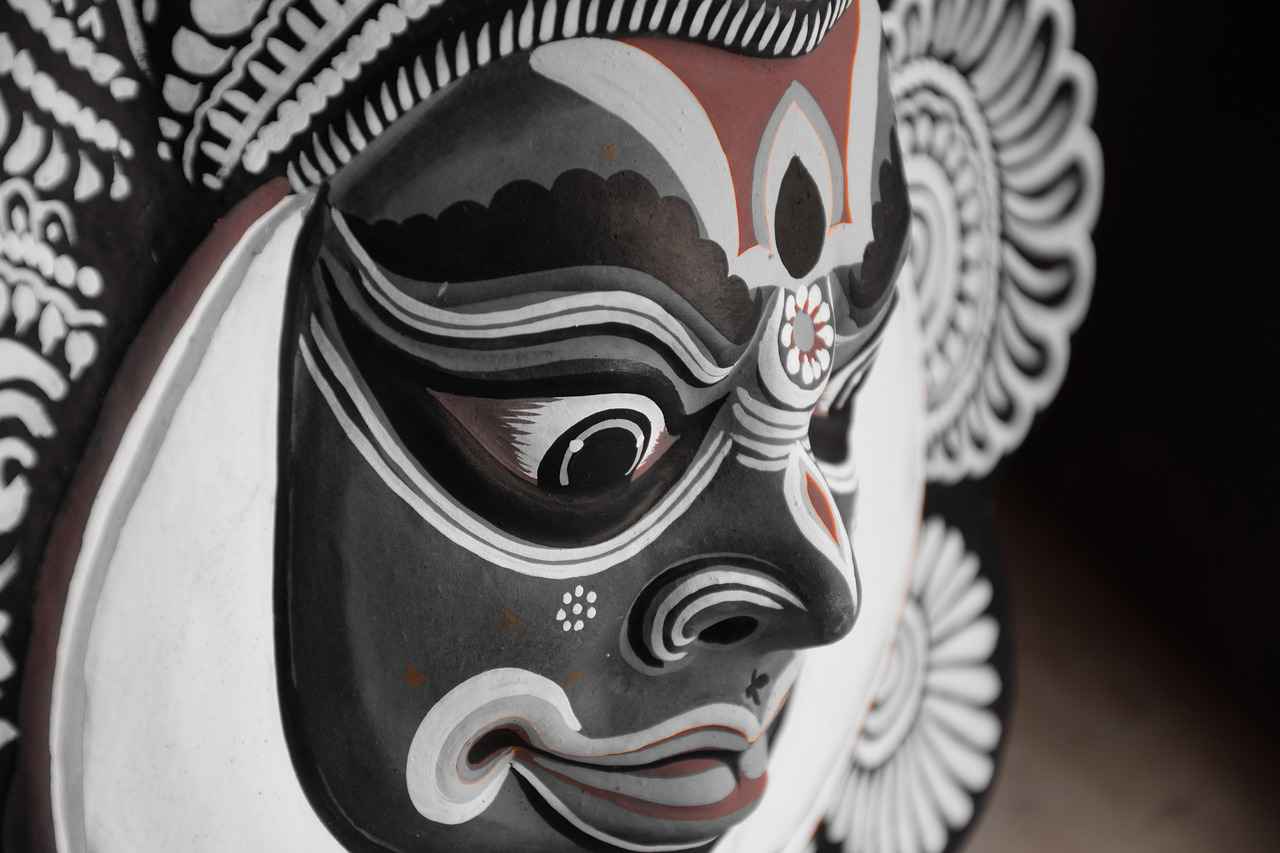
Conclusion: The Enduring Legacy of Santiniketan
Santiniketan, located in West Bengal, is not just a town; it is a symbol of creativity and a beacon of education that has left an indelible mark on Bengali culture. Founded by the illustrious Rabindranath Tagore, this unique place has evolved into a cultural hub that continues to inspire generations.
The legacy of Santiniketan is deeply intertwined with Tagore’s vision of an educational institution that fosters creativity and holistic development. His philosophy emphasized the importance of nature and the arts, which has shaped the educational practices in India and beyond. Today, Visva-Bharati University, established by Tagore, remains a testament to this vision, attracting students and artists from all over the world.
Furthermore, Santiniketan’s impact extends beyond education. It serves as a vital platform for the arts and crafts of Bengal. The traditional crafts, such as handicrafts and leather goods, reflect the rich cultural heritage of the region and contribute to the local economy. The annual festivals, like Poush Mela and Basant Utsav, showcase the vibrant spirit of the community and keep the cultural traditions alive.
Moreover, the natural beauty surrounding Santiniketan enhances its role as a creative sanctuary. The serene landscapes inspire artists and thinkers, making it a perfect retreat for reflection and artistic expression.
In conclusion, Santiniketan’s lasting impact on Bengali culture is profound. It continues to be a beacon of creativity and education in India, inspiring new generations to embrace the arts and cultivate a deeper understanding of their cultural roots. Its legacy, rooted in the teachings of Tagore, remains a guiding light for those who seek knowledge and artistic expression.
Frequently Asked Questions
- What is Santiniketan known for?
Santiniketan is renowned for its rich cultural heritage, art, and traditions, making it a vibrant hub of Bengali creativity. It was founded by the Nobel laureate Rabindranath Tagore, who envisioned it as a place of learning and artistic expression.
- Who founded Santiniketan?
Santiniketan was founded by Rabindranath Tagore in the early 20th century. His vision was to create a space where education and culture could thrive in harmony with nature.
- What is Visva-Bharati University?
Visva-Bharati University, established by Tagore, is an institution that promotes arts, culture, and international collaboration. It’s a unique blend of traditional and modern education, emphasizing creativity and holistic development.
- What festivals are celebrated in Santiniketan?
Santiniketan hosts several vibrant festivals, including Poush Mela, a winter fair celebrating local crafts and music, and Basant Utsav, a spring festival filled with colorful performances and community spirit.
- How does nature influence the culture of Santiniketan?
The picturesque landscapes surrounding Santiniketan inspire creativity and artistic expression. The natural beauty serves as a backdrop for various cultural activities and festivals, enriching the town’s artistic spirit.









